Today’s Archaeological Museum of Zagreb(Arheološki muzej u Zagrebu, in Croatian) is the direct heir to the oldest museum in Croatia’s capital city.In fact, the first National Museum was established in 1846, and in 1866 it began to operate under the auspices of the state (Croatia was part of the Austro-Hungarian Empire at the time) under the name “State Institute of Croatia, Slavonia and Dalmatia.” The archaeology department of the state museum began to work independently in 1878, and in 1940, when the State of Yugoslavia (which had inherited the old Austro-Hungarian institutions) decreed the abolition of the National Museum, the Zagreb Archaeological Museum finally became an independent museum, and since 1945 it has been housed in the Vranyczany-Hafner Palace in the center of Zrinski Square in the heart of the city.
Today, the Archaeological Museum of Zagreb boasts an impressive collection of 450,000 objects, gathered from a variety of sources, especially in recent years, through purchases and donations, as well as from excavations in the area.The museum’s experts have been engaged in archaeological missions almost continuously since the 1880s, and since then they have collected a very large amount of material, which continues to enrich the museum to this day. Most of the artifacts housed in the museum come from the local area and offer a comprehensive overview of Croatia’s ancient history, but the institute also houses important works from different sources.
There are five main sections into which the museum is divided: the prehistoric section, with nearly 80.000 objects ranging from the Paleolithic to the late Iron Age; the Egyptian section, with a permanent exhibition of 600 antiquities from Egypt; the Greek and Roman antiquities section, with works and artifacts from the local area (acquired mainly in excavations of archaeological sites in Croatian cities that were under Roman rule in ancient times) but also from outside (these are mainly statues, objects for everyday life, weapons and tools for military use, while as far as Greek art is concerned, there is a rich collection of painted vases, of Italian as well as Greek provenance); the medieval section; and the numismatic section, which includes one of the largest collections of ancient coins and medals in Europe.
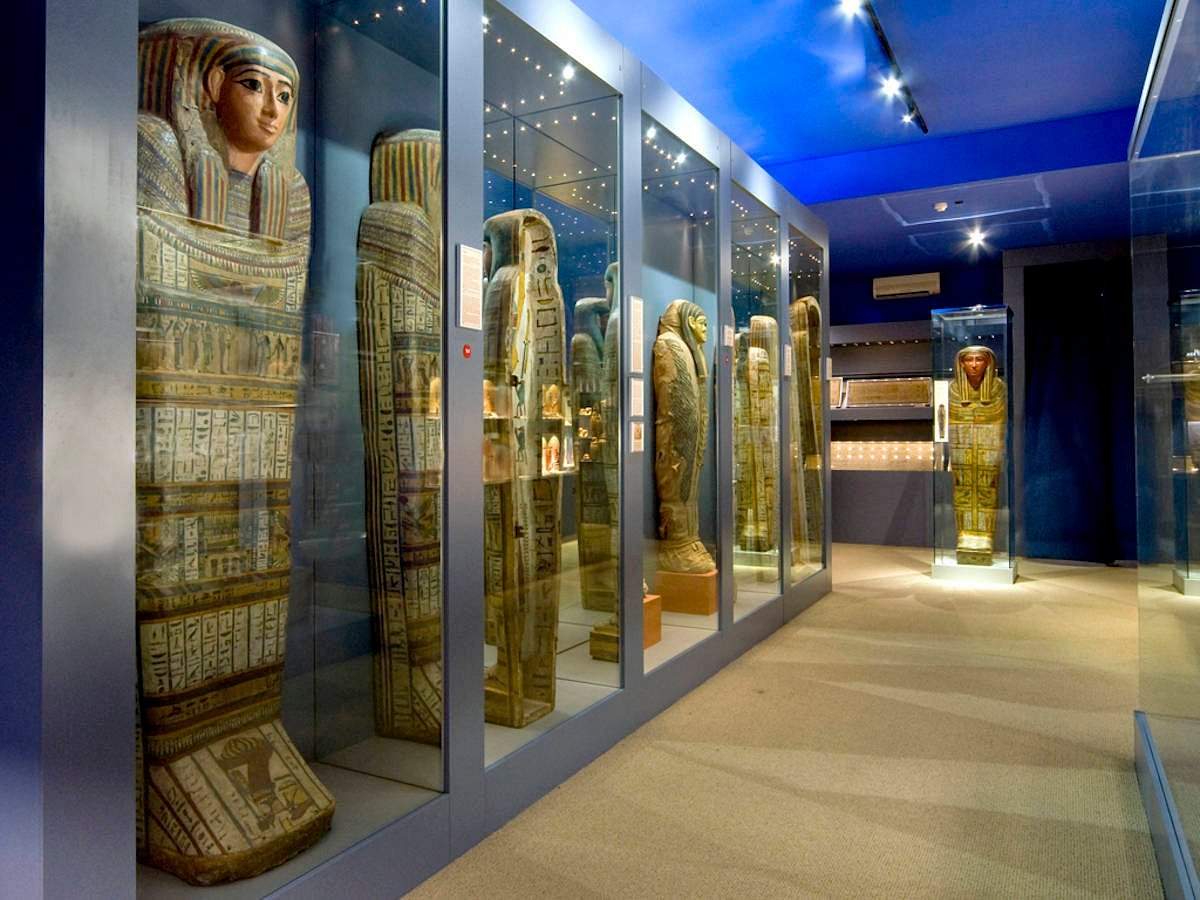 |
| The Zagreb Archaeological Museum |
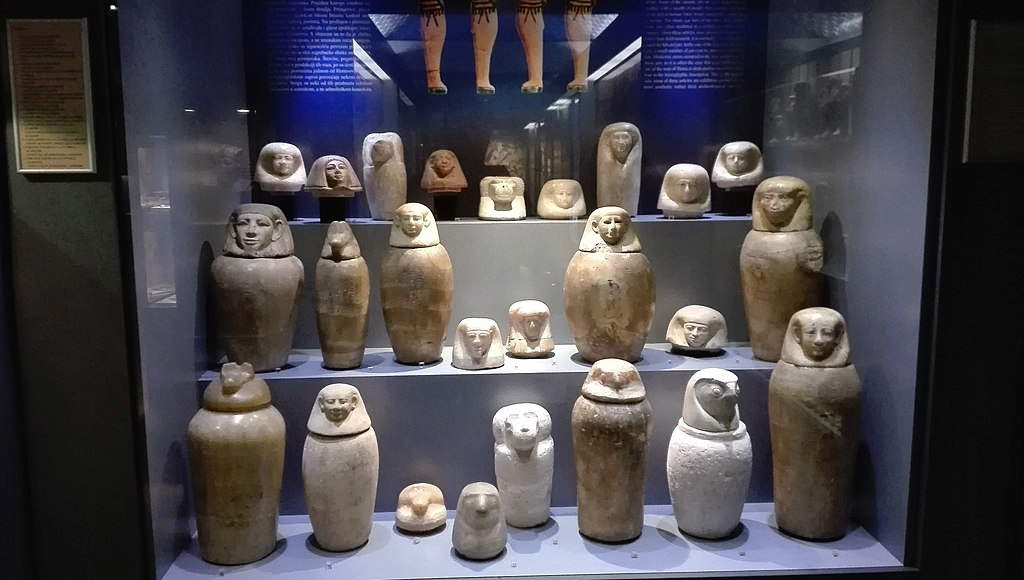 |
| The Archaeological Museum in Zagreb. Photo: Sadko/Wikipedia |
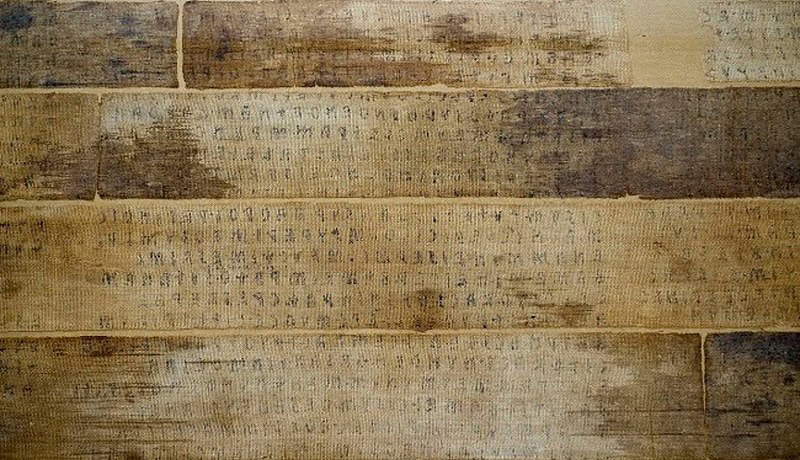 |
| The Liber linteus Zagrabiensis |
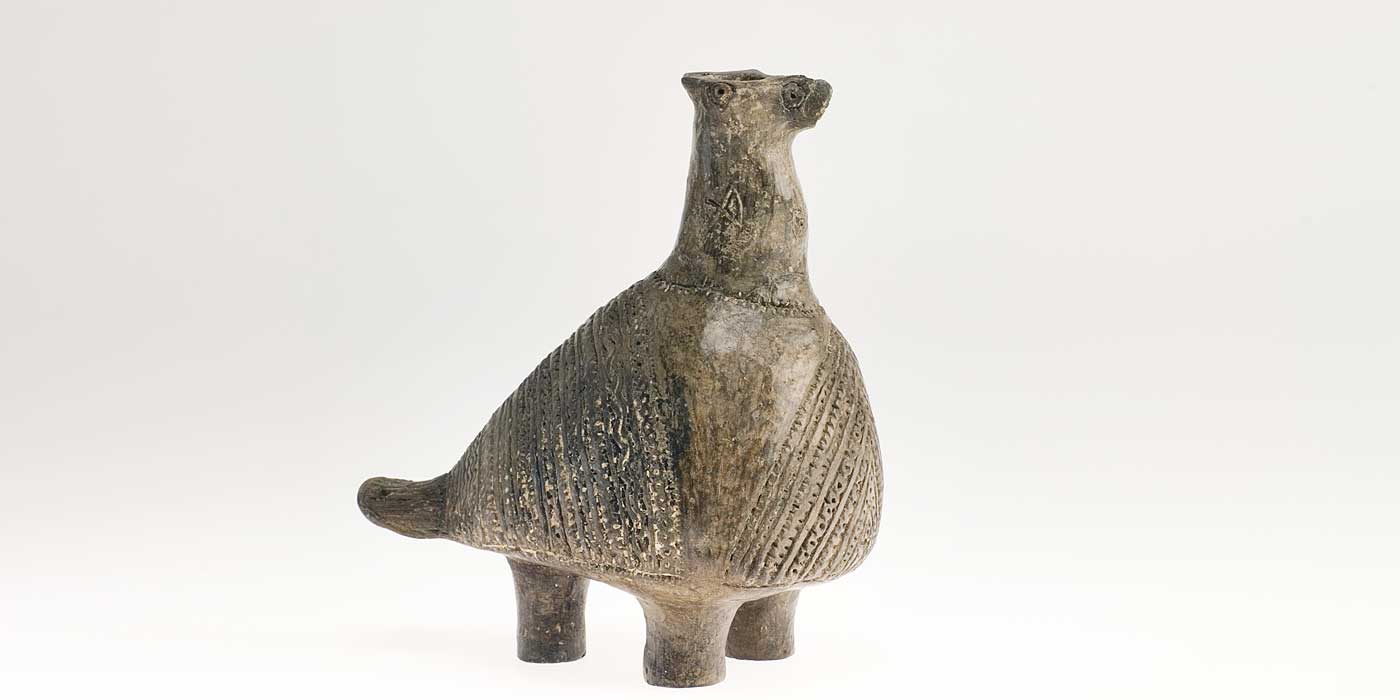 |
| The Vučedol dove |
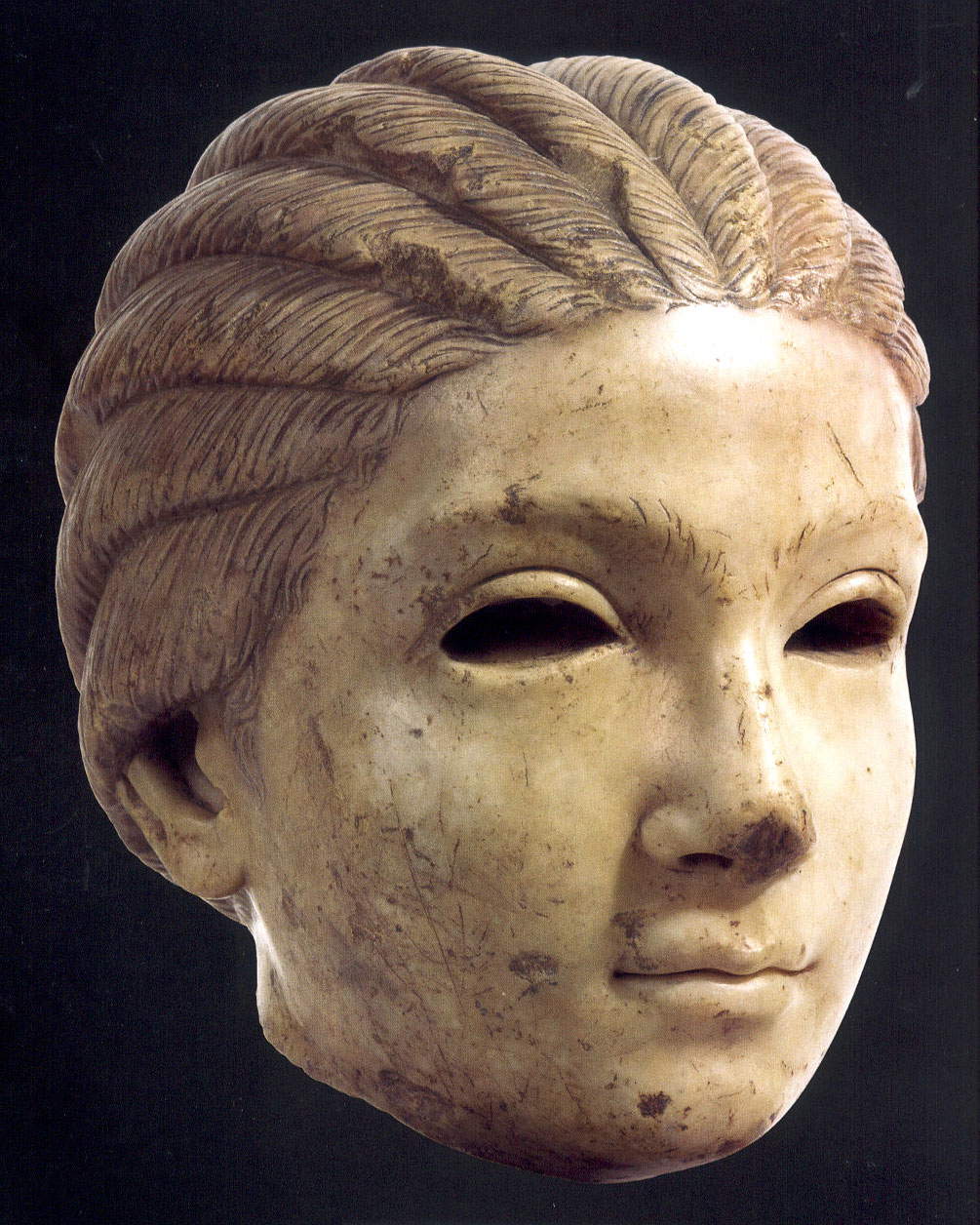 |
| The Solinjanka |
Despite being little known, the Archaeological Museum in Zagreb preserves some extremely rare objects: out of all of them it is possible to mention the Liber Linteus Zagrabiensis, a linen book (the only one known) that contains the longest known text in the Etruscan language, consisting of about 1,200 words. And because it dates back to the third century B.C., it is also considered the oldest book in Europe. This large linen cloth wrapped a mummy that was purchased in 1848 by a Croatian officer of the Hungarian army stationed in Egypt, Mihajlo Barić who bought a sarcophagus with a female mummy in Alexandria as a souvenir of his trip. Barić kept the sarcophagus at home, and here it remained until his death in 1859: inherited by his brother Ilija, a priest by profession, it was donated by him in 1867 to the State Institute, and since then the work has never left Zagreb (today, the mummy and the book are displayed separately). The inscriptions were later studied by Egyptologist Jacob Krall, who noticed that the inscriptions were in Etruscan: however, we do not know what the Liber has to do with the mummy (which, as was later ascertained, is of an Egyptian woman). The text, which cannot be totally deciphered since some words are attested only in the Liber, is a kind of ritual calendar with liturgies, dates of ceremonies, and names of deities, probably produced in the Lake Trasimeno region.
Among other notable pieces in the museum, the Vučedol dove, a ritual tray dating from between 2800 and 2500 B.C., deserves mention, a product of the Indo-European Vučedol culture that flourished between 3000 and 2200 B.C. in present-day Croatia and Hungary: it is one of the most interesting works of this ancient people (so much so that it has long been reproduced even on Croatian banknotes), also known for its pottery production, and is believed to have been a symbol of fertility. Certainly, it is the oldest depiction of a dove that has so far been found in Europe. Still, the museum houses the Psephisma of Lombarda, a singular inscription from the 4th-3rd centuries B.C. with instructions for the colonists of the Greek city of Issa on how to found a colony on the present-day island of Kor&carcon;ula in Dalmatia (Lumbarda is the town where the inscription was found), the splendid portrait of a little girl called “Solinjanka” (i.e., the “Girl of Salona,” named after the town from which she came: it has been in the museum since 1869 and is distinguished by its melon hairstyle, typical of high-ranking Roman women of the imperial age, so much so that it is believed it may be a portrait of Empress Plautilla, wife of Caracalla).
The museum also hosts several archaeological exhibitions, provides the public with a cafeteria and a garden surrounded by the Roman Lapidarium, a bookshop where handicrafts can also be purchased. In addition, the Zagreb Archaeological Museum continues to participate in major national and international excavation projects, continuing its vocation as an important research institute on archaeology.
 |
| Zagreb's amazing Archaeological Museum, home to the longest Etruscan text in existence |
Warning: the translation into English of the original Italian article was created using automatic tools. We undertake to review all articles, but we do not guarantee the total absence of inaccuracies in the translation due to the program. You can find the original by clicking on the ITA button. If you find any mistake,please contact us.